
🧊 The New Frontier in Oncology: MRI-Guided Cryoablation Offers Non-Invasive, Precision Cancer Treatment
A significant medical milestone has been achieved at a leading hospital in Sydney, signaling a transformative shift in the management of solid tumors and chronic cancer pain. Doctors are now deploying an advanced, minimally invasive technique known as MRI-Guided Cryoablation, offering patients a highly effective treatment option that requires no traditional surgery. This development is powerful evidence that the future of healing in oncology can be gentle, exceptionally targeted, and filled with renewed hope.
Precision Targeting Through Imaging Excellence
Cryoablation, or cryotherapy, is a procedure that destroys cancerous tissue by subjecting it to extreme cold. The innovation in the Sydney hospital lies in the integration of this technique with high-resolution magnetic resonance imaging (MRI).
The process begins with the precise insertion of a thin, needle-like probe, known as a cryoprobe, directly into the tumor. This is performed entirely under the real-time, three-dimensional guidance of the MRI scanner. Unlike older imaging modalities, the MRI provides superior soft-tissue contrast, allowing doctors to navigate the probe with extraordinary accuracy, minimizing damage to surrounding healthy tissue.
Once the probe is correctly positioned, inert gases (like argon) are rapidly circulated through its tip. This process generates an immediate and intense drop in temperature, creating an "ice ball" that engulfs the cancerous cells. The extreme cold $(-40^\circ\text{C}$ to $-100^\circ\text{C}$) destroys the cells by two primary mechanisms:
-
Immediate Cell Death: The freezing process forms intracellular ice crystals that rupture the cell membranes.
-
Vascular Stasis: The freezing and subsequent thawing cycles damage the blood vessels supplying the tumor, leading to local cell starvation and death.
Dual Benefit: Tumor Destruction and Pain Relief
The benefit of MRI-guided cryoablation extends beyond tumor destruction. For many patients, particularly those with metastatic disease or complex health profiles, the procedure provides effective and immediate palliative pain relief. Often, cancer-related pain is caused by the tumor pressing against nerves. The cryoablation process can effectively destroy or disable the surrounding nerve tissue, offering relief to patients who may be unable to endure the side effects of traditional invasive surgery or high-dose radiation.
This non-invasive approach is a significant advantage, especially for patients who are not candidates for surgery due to advanced age, underlying cardiovascular conditions, or the location of the tumor. Because the procedure involves only tiny needle punctures, patients experience:
-
Shorter recovery times (often discharged the same day).
-
Minimal blood loss.
-
Reduced risk of infection and complication compared to open surgery.
Implications for the Future of Cancer Care
The successful adoption of this technology in Sydney highlights a global trend toward interventional oncology—using image-guided, minimally invasive techniques to treat cancer. While cryoablation is not suitable for every type or stage of cancer, its proven efficacy in treating tumors in the kidney, lung, liver, and bone offers a valuable alternative.
This medical milestone is proof that the future of cancer treatment is moving toward approaches that are not only highly effective at targeting disease but are also gentle and patient-centered. It reinforces the philosophy that superior clinical outcomes can be achieved through precision technology, minimizing trauma and maximizing quality of life for cancer patients globally.
📚 References
-
Journal of Vascular and Interventional Radiology (JVIR): (Leading academic source for research on cryoablation techniques and outcomes).
-
The American Society of Clinical Oncology (ASCO) Guidelines: (Provides clinical context on the use of ablation techniques for specific solid tumors).
-
Cancer Council Australia / Royal Australian and New Zealand College of Radiologists (RANZCR): (Local official sources confirming the adoption and application of advanced interventional oncology techniques).
News in the same category

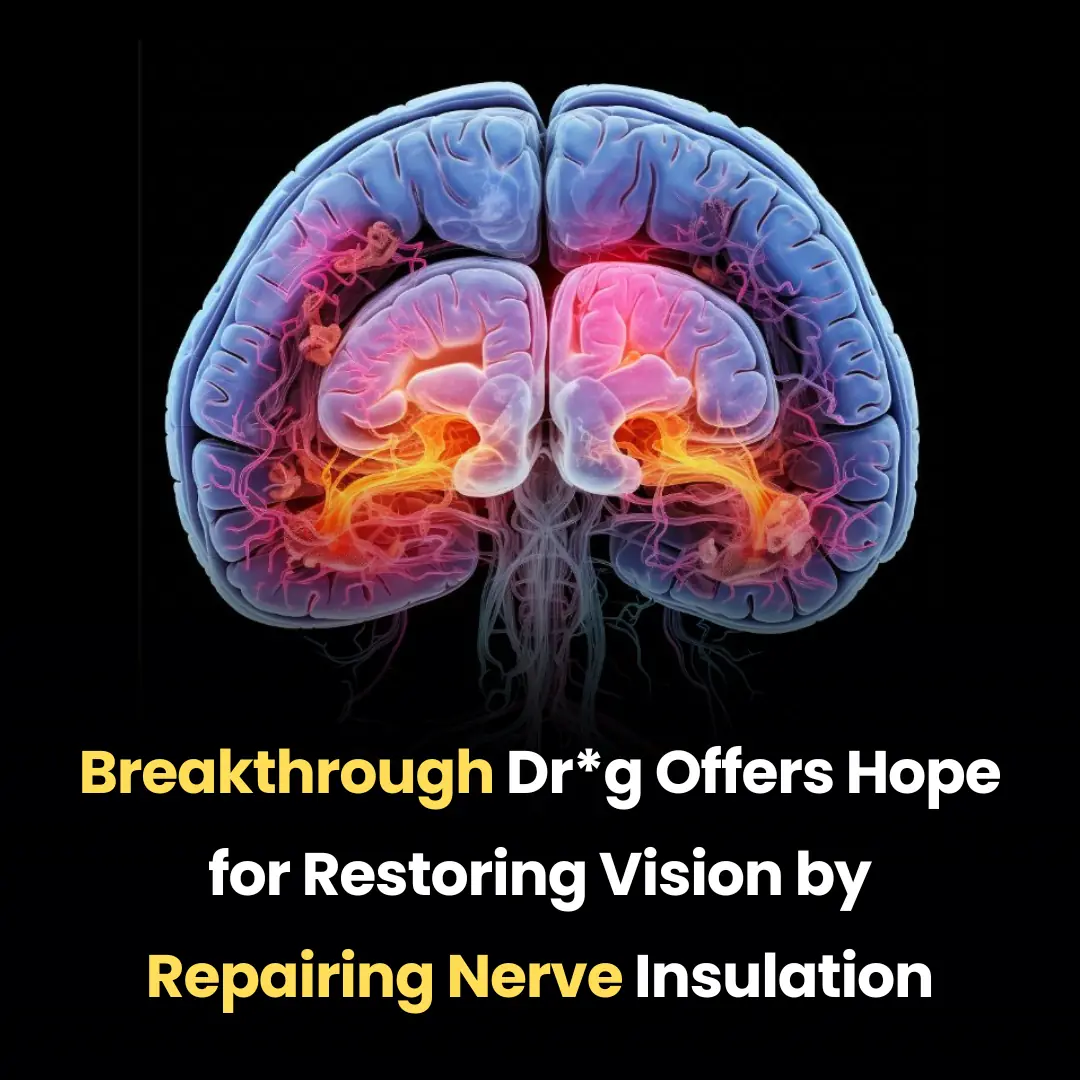
Breakthrough Drug Offers Hope for Restoring Vision by Repairing Nerve Insulation
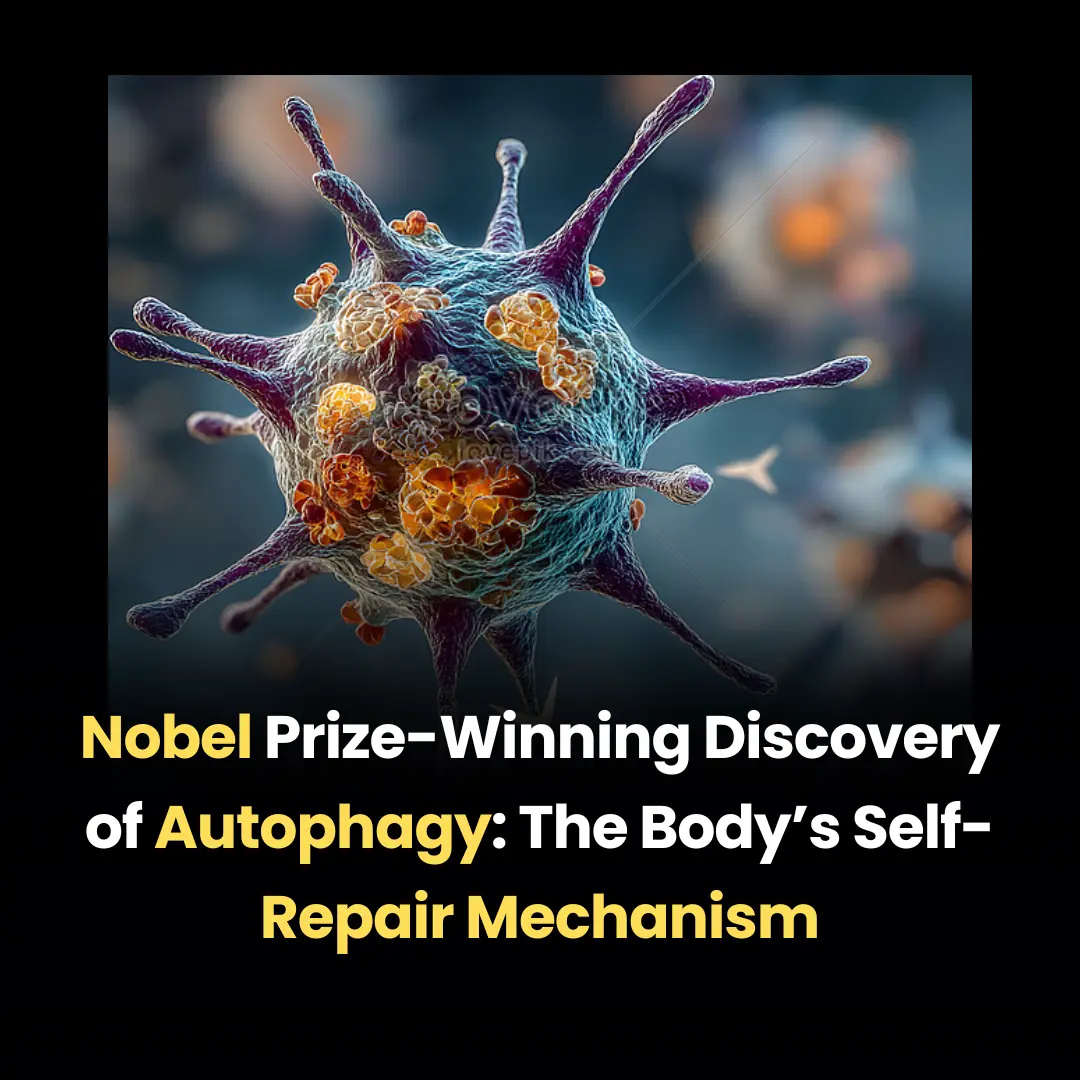
Nobel Prize-Winning Discovery of Autophagy: The Body’s Self-Repair Mechanism
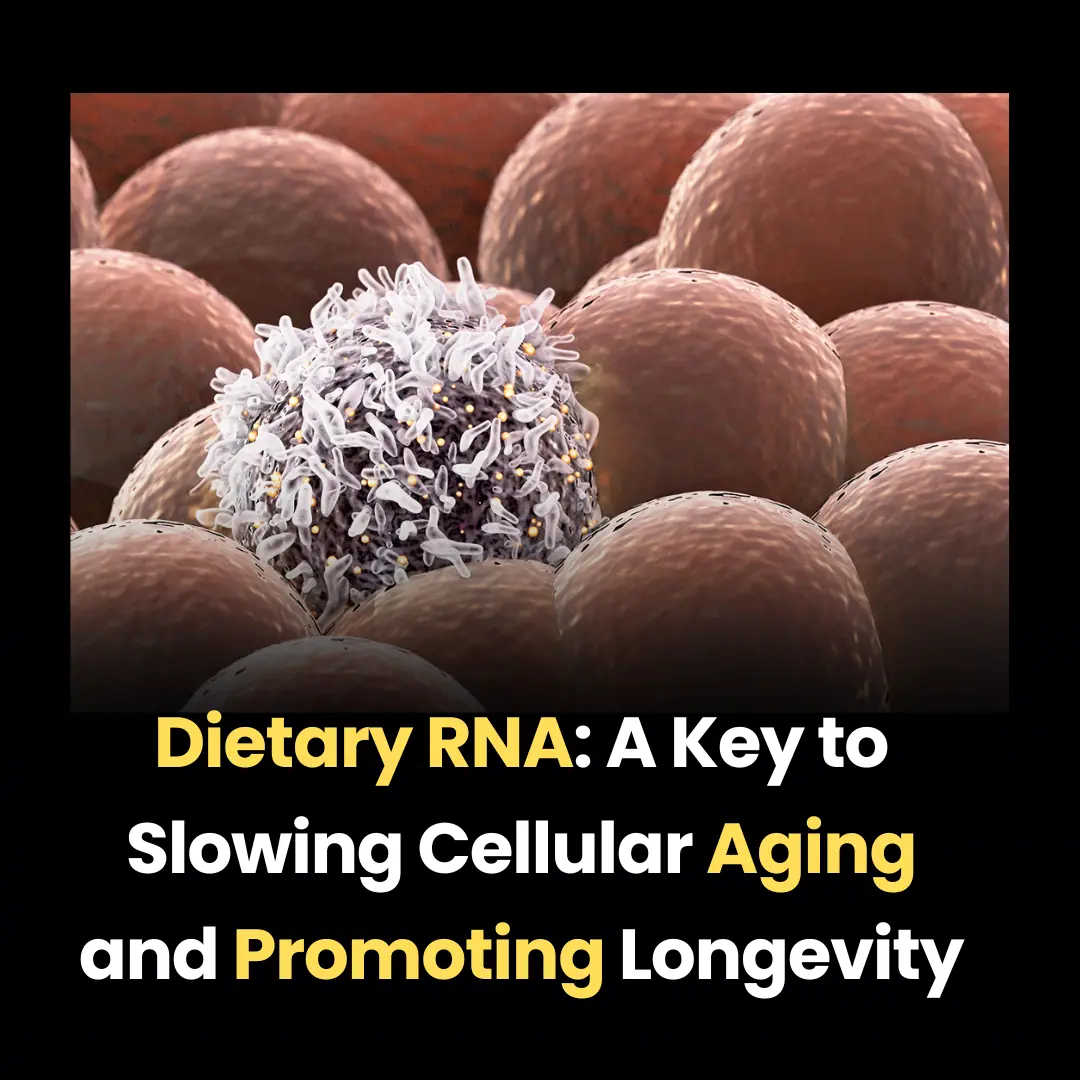
Dietary RNA: A Key to Slowing Cellular Aging and Promoting Longevity
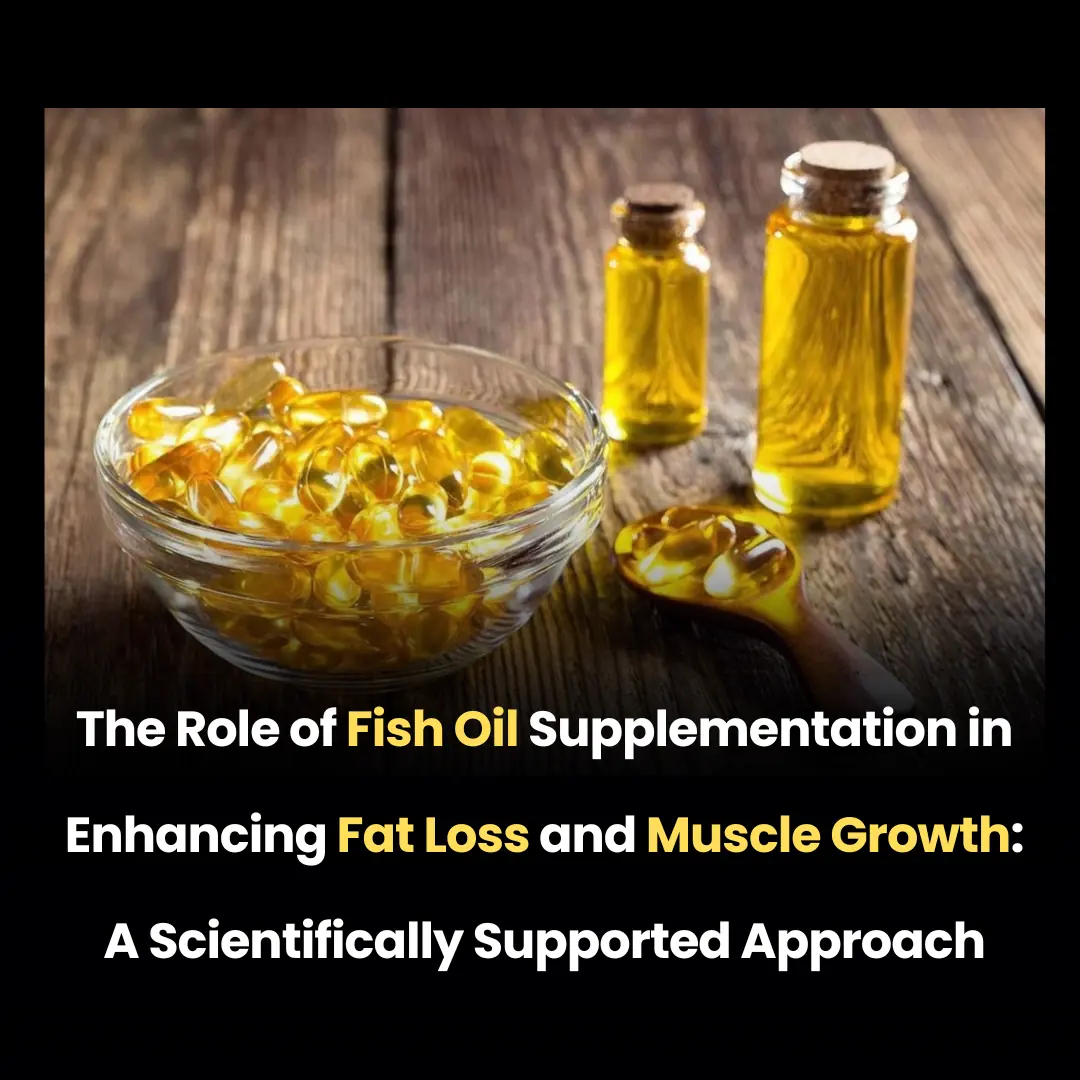
The Role of Fish Oil Supplementation in Enhancing Fat Loss and Muscle Growth: A Scientifically Supported Approach
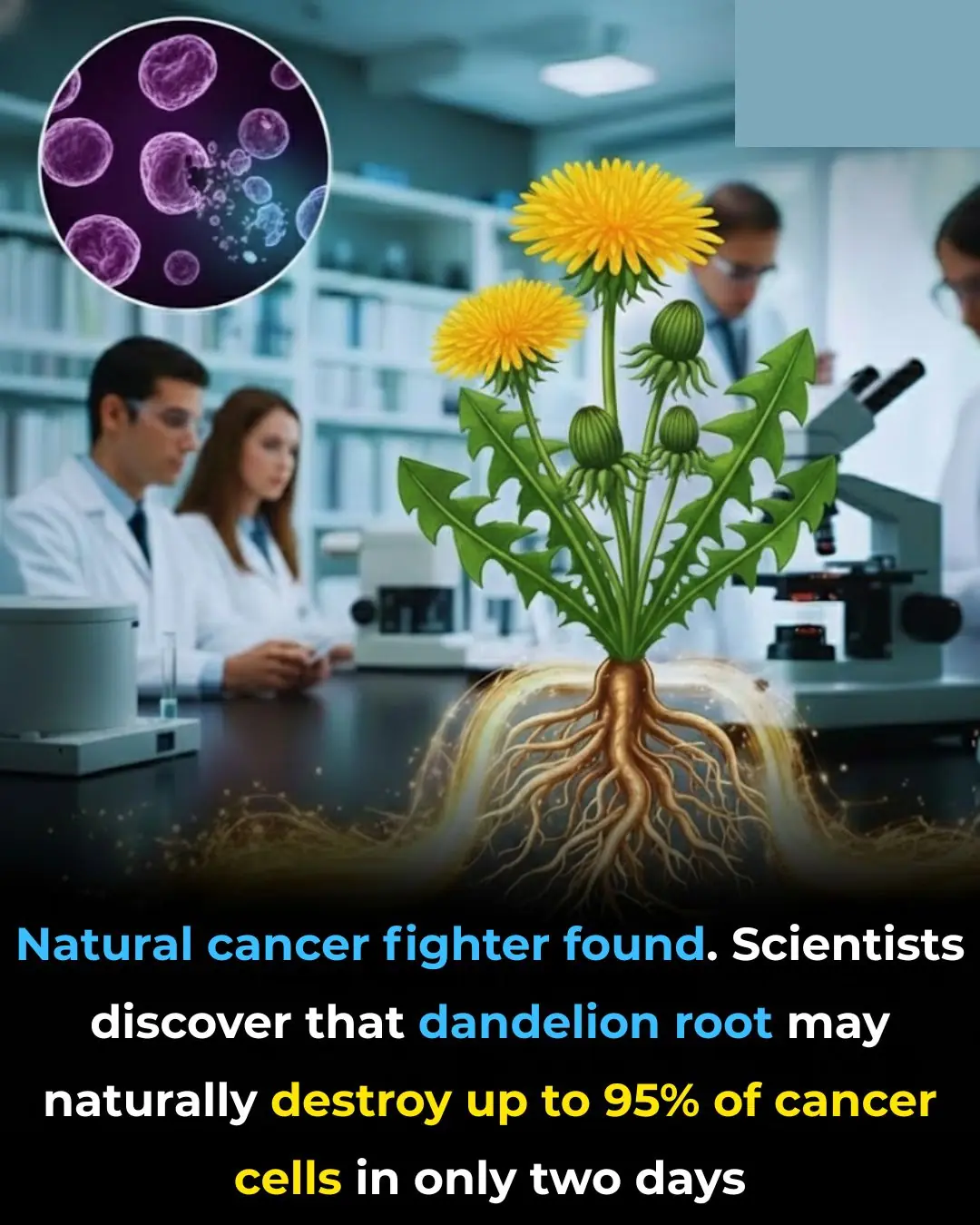
Dandelion Root Extract Shows Potential to Eliminate Up to 95% of Cancer Cells in 48 Hours

Meet the Solar-Powered Sea Slug: The First Animal Known to Photosynthesize!

13-Year-Old Boy's Heartwarming Act of Sacrifice: Buying His Mother a Car Through Hard Work and Compassion

Simple Ways to Reduce Nighttime Wake-Ups and Improve Sleep Quality.
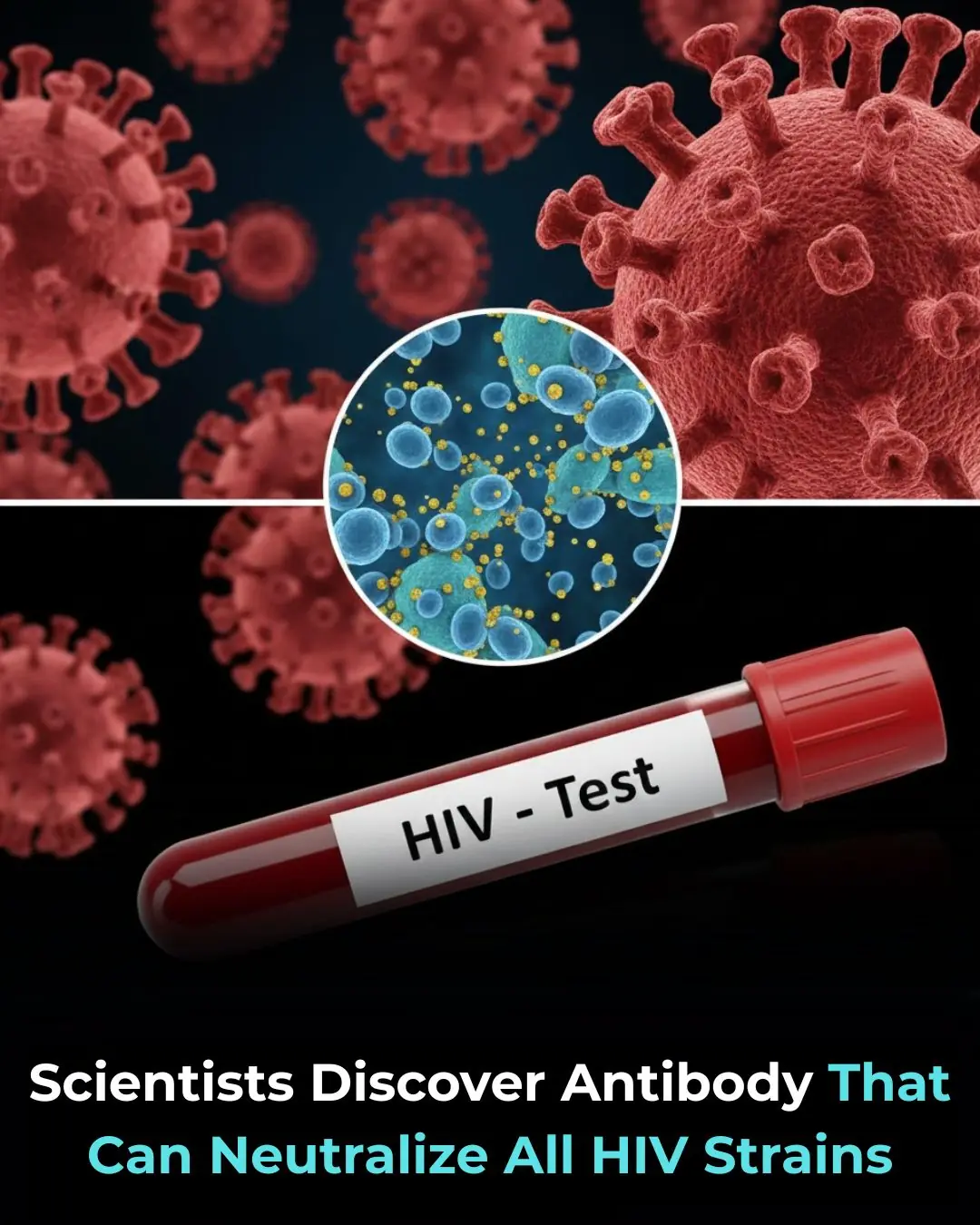
🛡️ The Holy Grail of HIV Research: A Broadly Neutralizing Antibody Targets the Virus's Achilles' Heel

🌊 Harnessing the Ocean’s Power: Scientists Pioneer a Breakthrough in Turning Seawater into Emission-Free Hydrogen Fuel
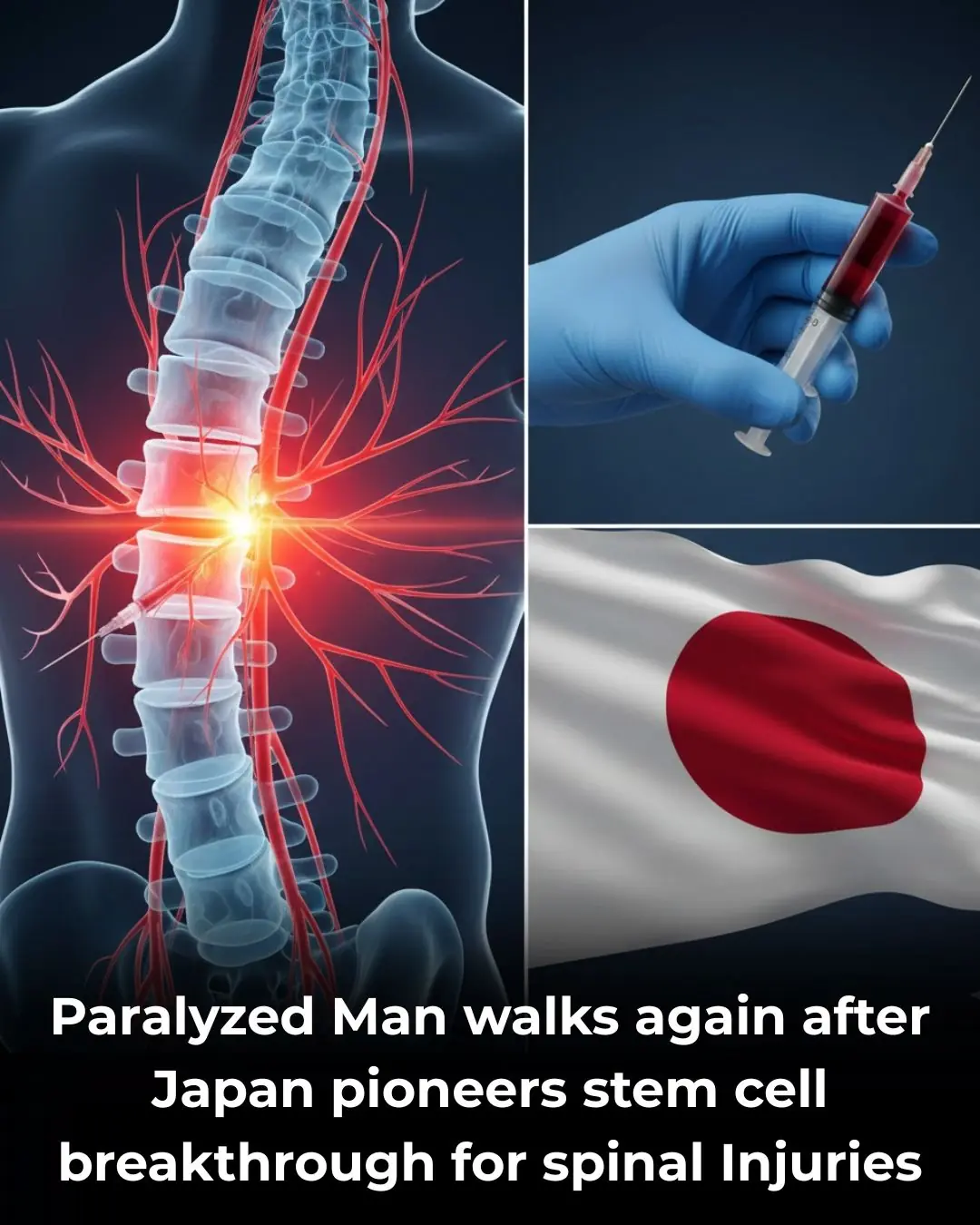
🧬 Pioneering Hope: Japanese Researchers Achieve Historic Movement Restoration Using Stem Cell Therapy for Paralysis

🧠 The Resilient Mind: A Case Study in Neuroplasticity Challenges the Limits of Human Cognition

🕷️ The Unexpected Side Effect: Neurotoxins in Brazilian Wandering Spider Venom and the Quest for New Medicines
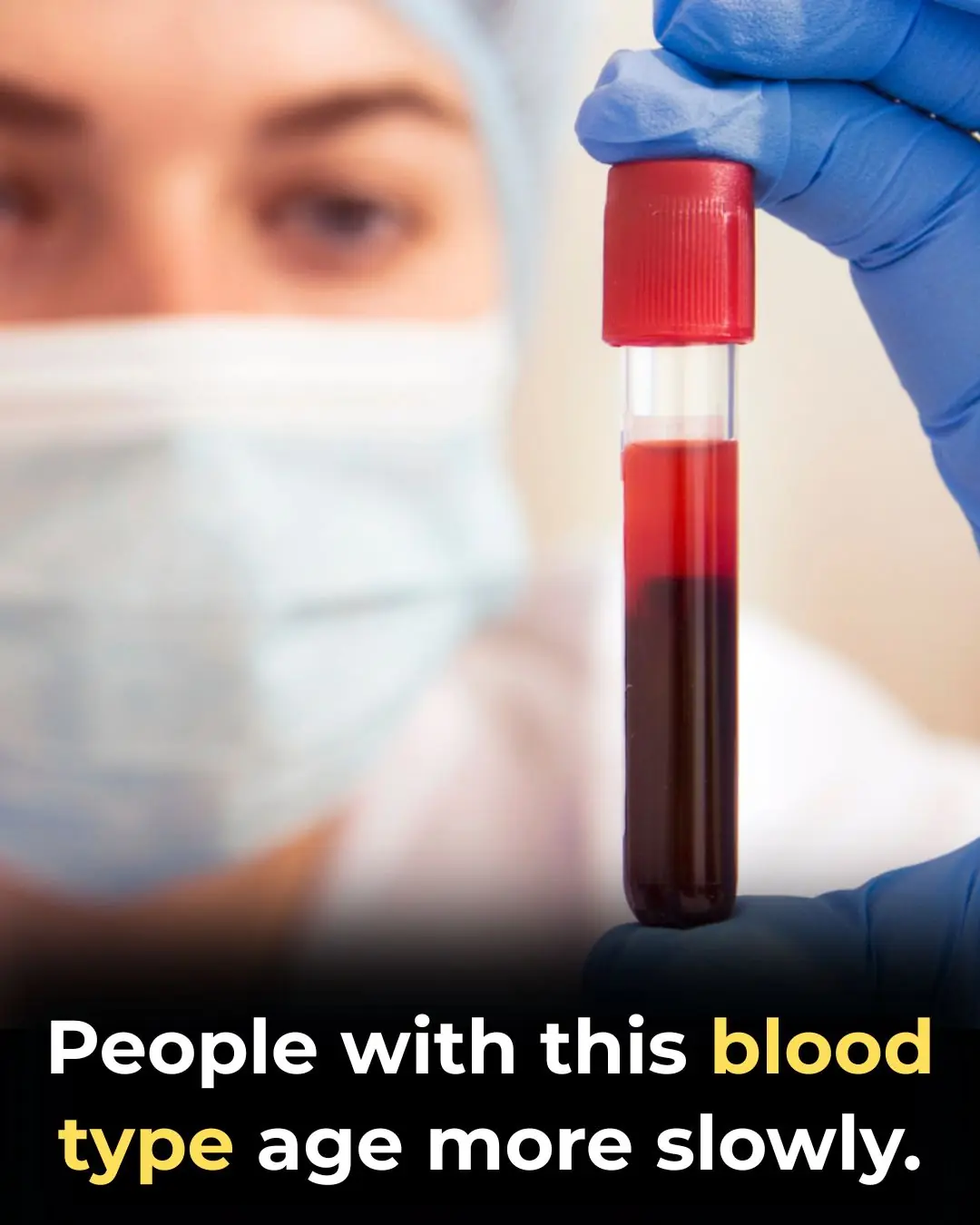
Could Your Blood Type Be Influencing How You Age

Trump Gives Update on $2,000 Check Plan
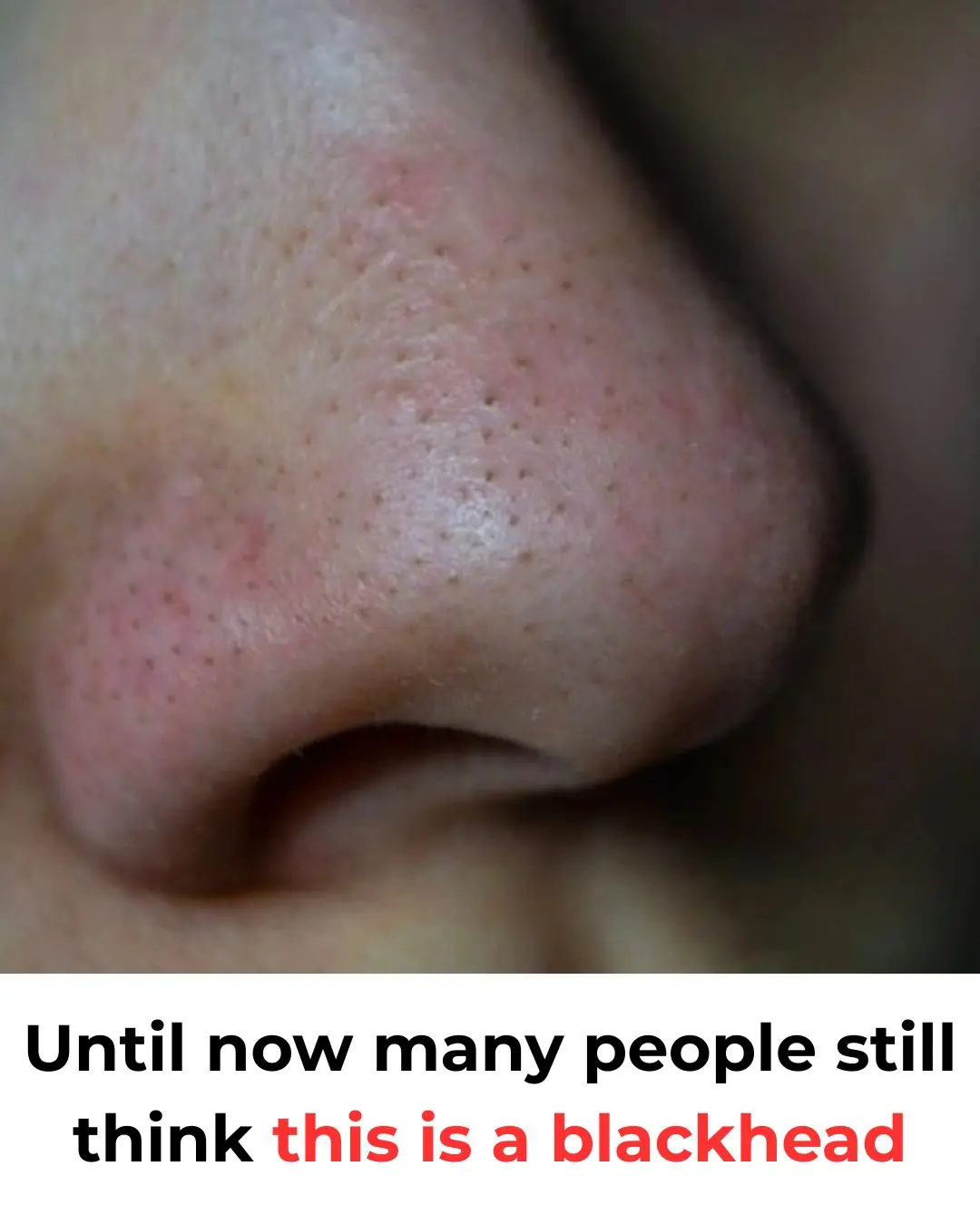
Why Those Tiny Dots on Your Nose Are Completely Normal
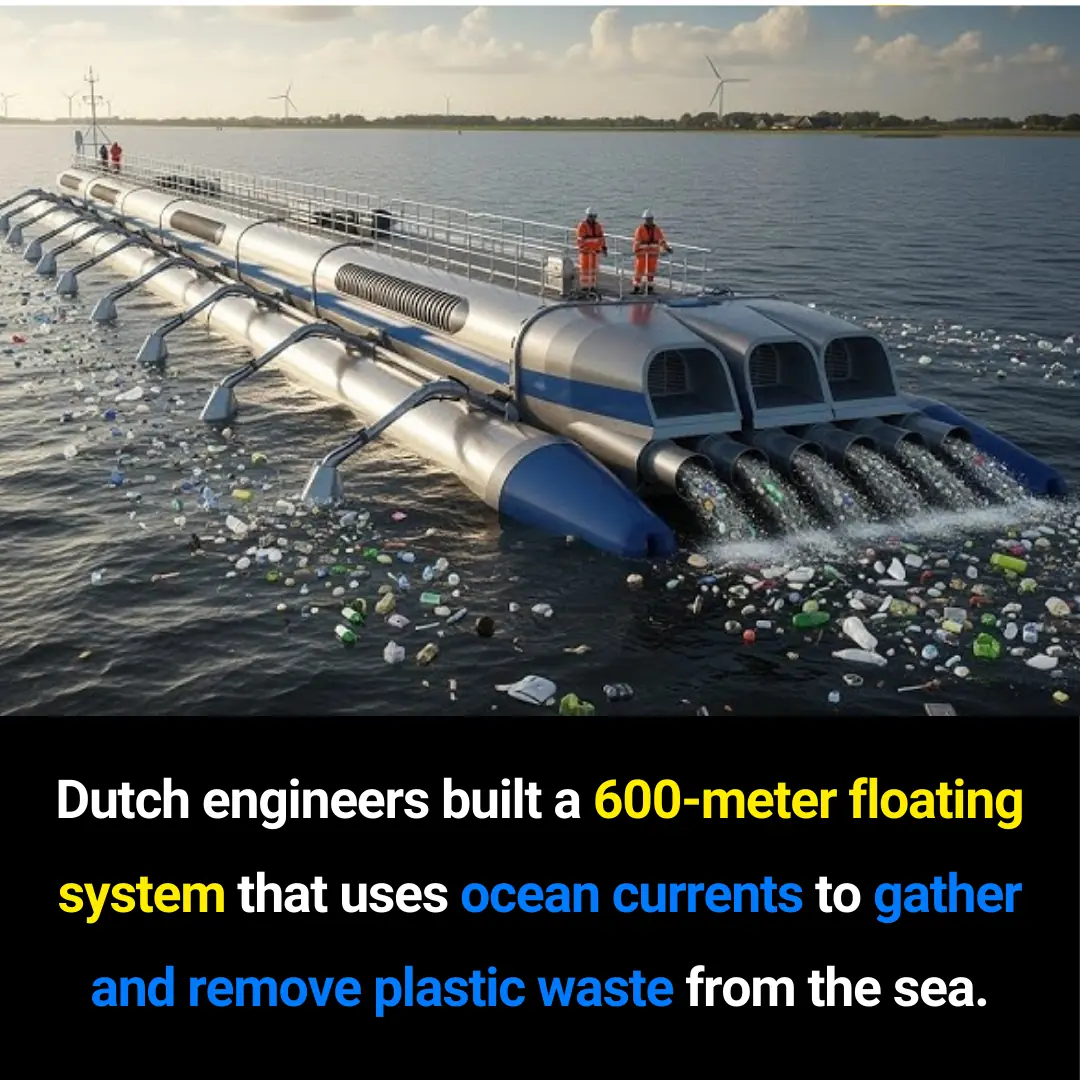
The Netherlands Builds a 600-Meter Floating System to Clean Ocean Plastic: A Breakthrough for Global Marine Protection
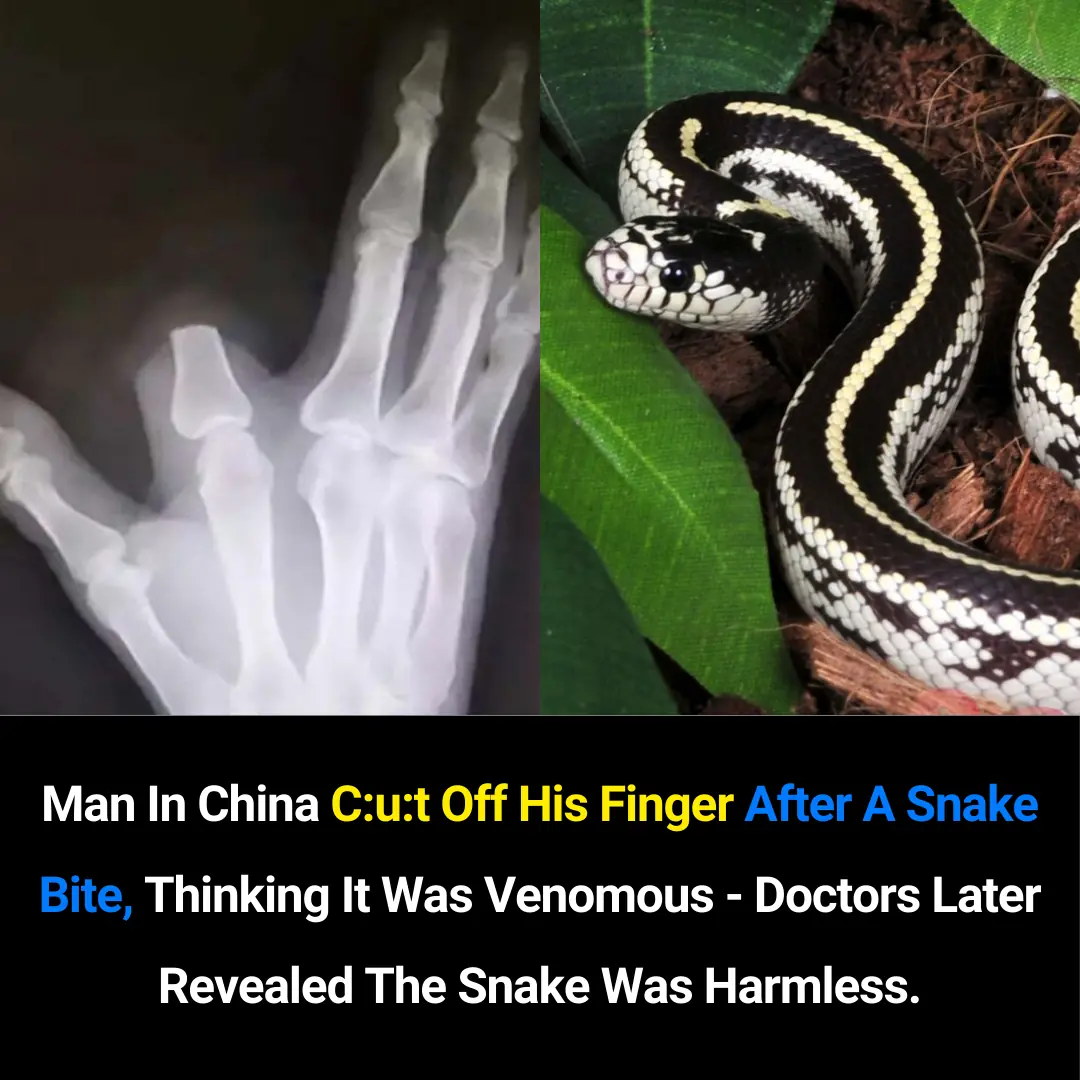
✅ International Medical Recommendations for Treating Snakebites
News Post
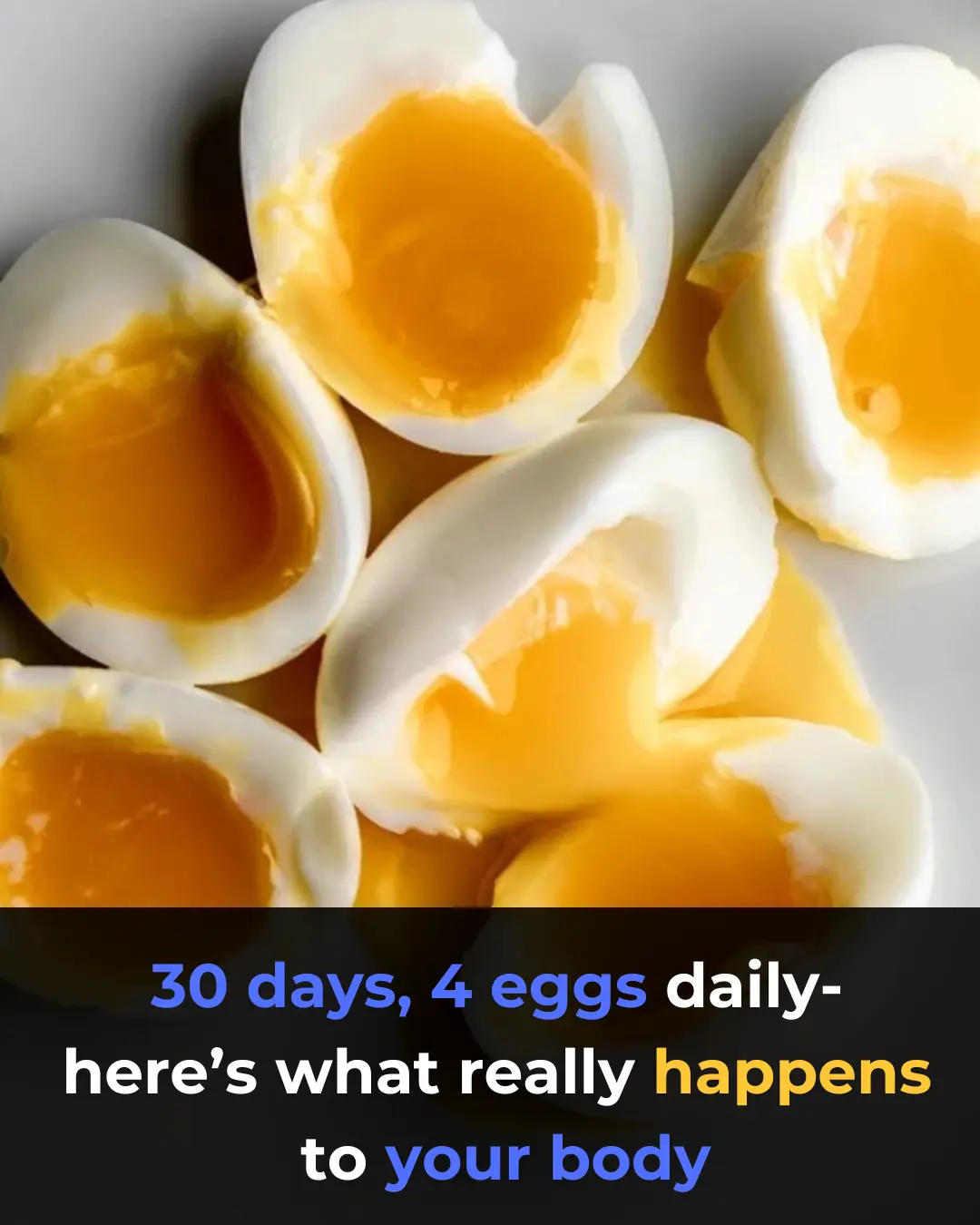
What Happens If You Eat 4 Whole Eggs Every Day for 30 Days?

Thicker Thighs Linked to Lower Risk of Heart Disease and Diabetes, Study Finds

Breakthrough Drug Offers Hope for Restoring Vision by Repairing Nerve Insulation

Avoid Ginger If You Have THESE Health Problems

Nobel Prize-Winning Discovery of Autophagy: The Body’s Self-Repair Mechanism

Dietary RNA: A Key to Slowing Cellular Aging and Promoting Longevity

The Role of Fish Oil Supplementation in Enhancing Fat Loss and Muscle Growth: A Scientifically Supported Approach

Dandelion Root Extract Shows Potential to Eliminate Up to 95% of Cancer Cells in 48 Hours

Meet the Solar-Powered Sea Slug: The First Animal Known to Photosynthesize!

13-Year-Old Boy's Heartwarming Act of Sacrifice: Buying His Mother a Car Through Hard Work and Compassion

Living With a Rare Condition, a 25-Year-Old Faces One of Life’s Hardest Decisions

Simple Ways to Reduce Nighttime Wake-Ups and Improve Sleep Quality.

Aretha Duarte Makes History As First Black Latin American Woman To Climb Mount Everest

Doctors reveal the #1 supplement to reduce dementia risk

The Coffee Photo That Survived the War.

Issa Rae Opens New ‘Downtown Dough’ Pizzeria in L.A.

From Hardwood Hero to Human Inspiration: The Legacy of Rodney Rogers.

The step-by-step plan to drop 30 pounds quickly in 2025

The Weight Bryce Couldn’t Carry Alone.
